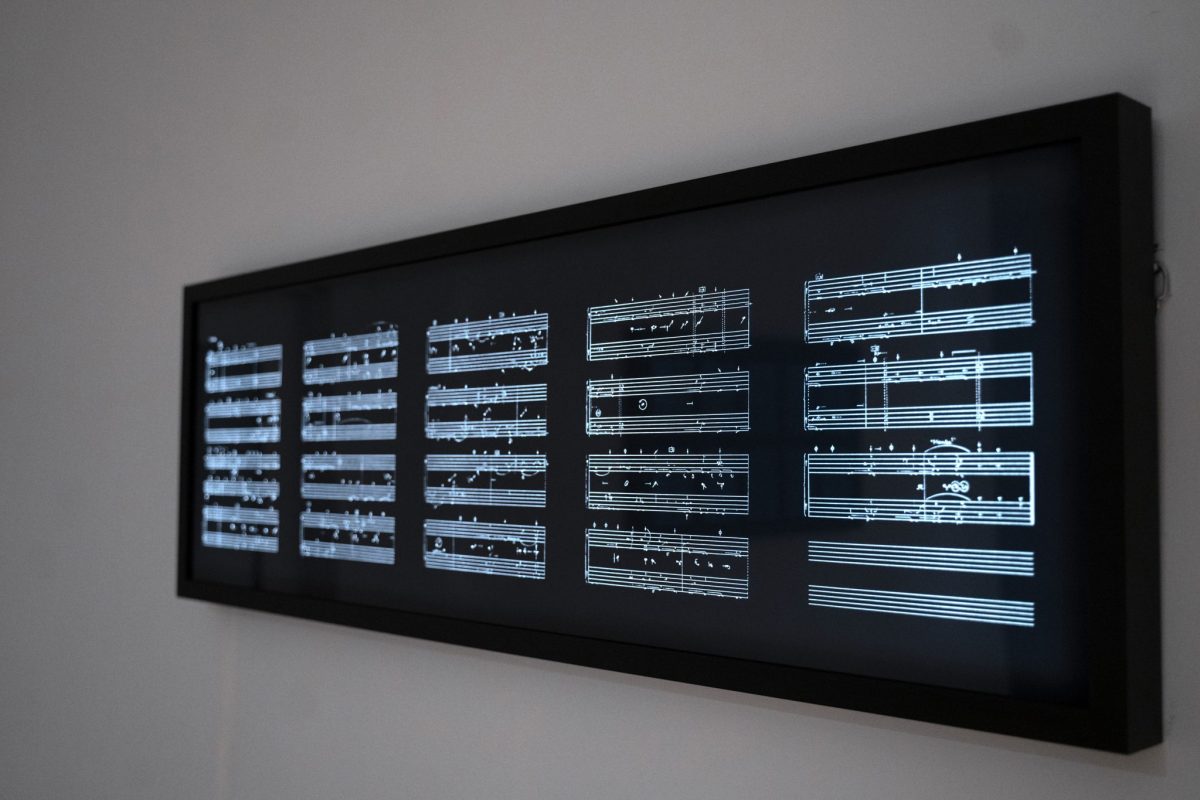STAY-AT-HOME ACTIVITIES | FAMILY : BEING TOGETHER #9
Deanna Bowen’s exhibition A Harlem Nocturne is like a library - an unusual one, with videos draped in cloth, life-size sculptures, newspapers stacked on the floor, and even a huge, dark mirror. Walking around the exhibition you might hear jazz, echoing through a stairway, or the sound of someone talking. You can watch an old TV broadcast, or two dancers together on a dark stage.
In A Harlem Nocturne we see many ways Bowen is spending time with her family members, even from far away. She explores places they lived, things they made, songs they danced to. She shows us some of the things they lost, or were afraid of.
Most of us are still far away from family and friends. Some of us had to say goodbye to someone this year. Or, we wonder about family we never knew. When a person no longer moves and talks, when we can’t call someone, hear their voice, or share a meal with them, are there still ways to be with them?

WEEK THREE : tracing
Make your own map for memories of a person. You can mark places all over the world where they spent time, or where you were with them. You could add markers for stories they’ve told you, information you have about their life, or even things you imagine they might have done. Where did they live? Did they spend any part of their life in ancestral territory? What kind of work did they do? What kind of things did you do together? Did you go for walks, or visit favourite places? What did they love to do?
Try making this map together with several people, either about someone you all knew, or about a shared ancestor. The map can become an archive of small, ordinary memories located in the places they happened, as well as big, important events in your history.
You could use a physical map and add post-it notes or write about locations you mark on the map. You could export an area from https://www.openstreetmap.org/ and add digital markers. Or, you could use Google Maps to make an interactive map: Go to Google Maps: https://www.google.com/maps/about/mymaps/. Sign in or make an account. Click on Create A New Map. Give the map a title to help you remember what it is about. You can choose the way the map looks under Base Map. You can also add layers with different names. Using the small icons, you can add markers and draw lines. For each place you mark, you can write a (short or long) description of why it is important for the map. You can also add photos, drawings, and other files.